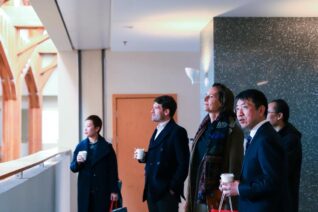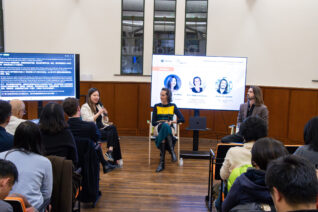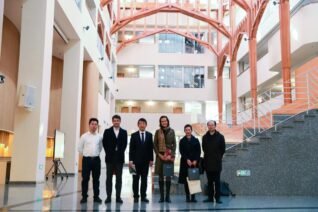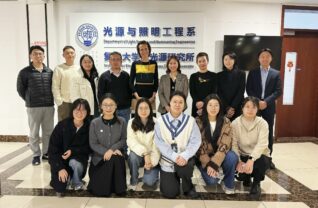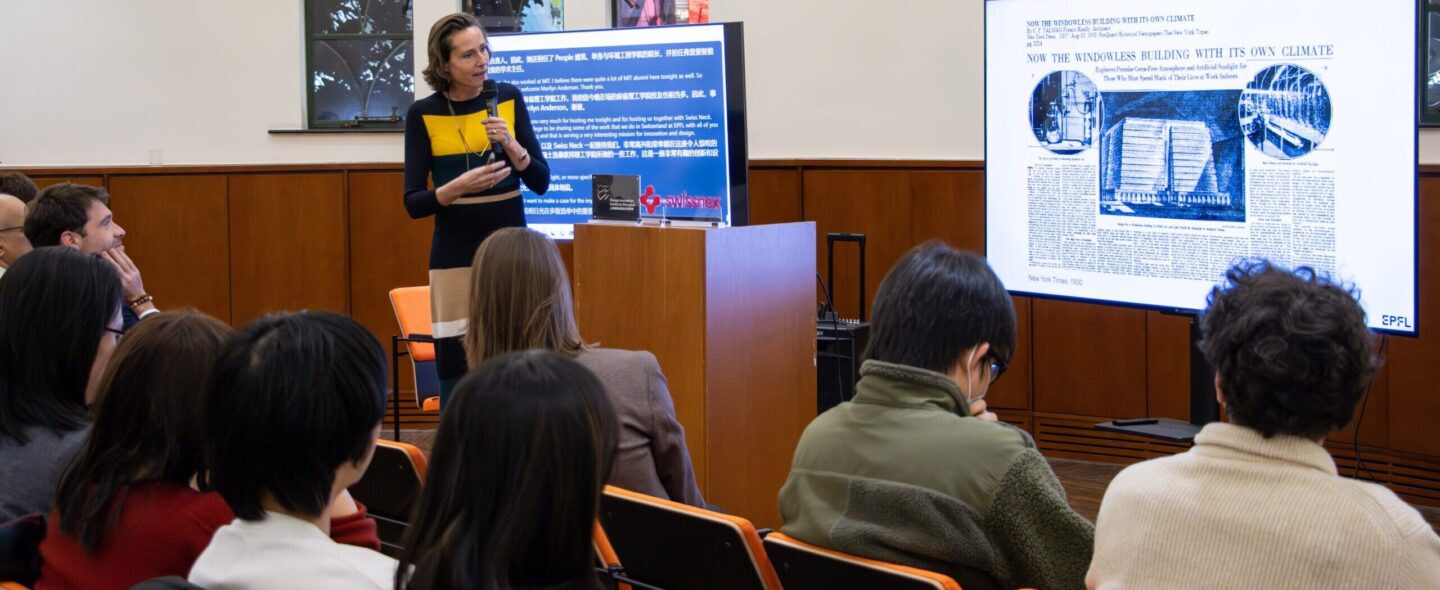
The sabbatical program is an integral part of our effort to foster collaboration and exchange between Switzerland and China, offering Swiss researchers the opportunity to engage directly with China’s academic and innovation ecosystems while strengthening their contextual understanding of China and their collaboration with local partners.
Through customized research trips, participants gain valuable insights into China’s latest developments in their fields, while building connections with leading academic institutions, research centers, and industry partners. By facilitating these exchanges, Swissnex in China creates opportunities for Swiss researchers to deepen their knowledge, establish cross-border collaborations, and explore areas of shared interest.
Each trip is tailored to the specific needs of the researcher, ensuring that the experience is aligned with their professional objectives. From organized study visits to running a public event, we provide a platform for Swiss researchers to engage with China’s academic and innovation communities in a meaningful and impactful way. The sabbatical can be adjusted to a duration ranging from 1 week to a couple of months.
If you are interested by a sabbatical, please fill out this form.
Read from Prof. Marilyne Andersen's experience
In the past, researchers who participated in a sabbatical have walked away with new knowledge, stronger connections, and even unexpected collaborative opportunities. Read more about Prof. Marilyne Andersen’s sabbatical. She is Founder and Head of the Laboratory of Integrated Performance in Design (LIPID), EPFL.
During her visit, Prof. Andersen engaged with leading institutions like Shanghai Jiao Tong University, Fudan University, and Tongji University. She also took part in a specially curated event organized by Swissnex in China in partnership with the Design Innovation Institute Shanghai(DIIS) and with the participation of Signify. The event, titled “The Power of Light: From Research to Design for Well-Being,” featured insights into her research and examined the intersection of academia and design. Additionally, she visited Atelier Archmixing, an architecture studio. This sabbatical fostered meaningful exchanges, laying the groundwork for future collaborations.
How did the program align with your initial expectations?
The program was perfectly organized, the logistics impeccably worked out, the meetings very relevant and the overall schedule nicely packed (as I like it). So it clearly exceeded my expectations.
What are your key takeaways from your time here, both professionally and personally?
I truly enjoyed the somewhat unexpected openness and easiness of the discussions we had, in all three academic institutions we went as well as in the DIIS and Archimixing studio. I was positively surprised by how natural the exchanges were, which was certainly made even more natural by the academic environments they took place in. I was also very positively impressed by the livability, diversity (and silence thanks to the prevalence of electric vehicles) of Shanghai, that I explored with great interest (thanks to a wonderful selection of highlights prepared by Swissnex in China).
Can you share a memorable experience from the program that stood out to you or changed your perspective?
The discussion organized with the School of Education at Shanghai Jiao Tong University was one of the highlights, with great insights about the dynamics in Swiss vs. Chinese institutions regarding technology adoption and out-of-the-box thinking when it comes to education.
What unique opportunities or challenges did you notice when comparing your field of expertise in Switzerland and China? How do you think the two countries can collaborate more effectively?
Opportunities may come from unique facilities that would be present at either location and enabling pioneering work. At Fudan University, there were very interesting developments on advanced lighting and spectral control that I was excited to learn about. In terms of challenges specific to my field, as we work a lot on semi-controlled and field studies, how privacy issues are dealt with may differ between locations. But the biggest challenge will probably remain the distance between locations, especially when it comes to collaborations that require physical experimentation of some kind.
Is there anything else you’d like to share about your experience or advice you’d give to others considering a sabbatical like this?
This was an incredibly enlightening (and time-efficient) immersion into the academic and design innovation landscape in Shanghai. I would definitely recommend making use of Swissnex in China’s support to colleagues who would consider a short stay in China.
Bio of Prof. Marilyne Andersen
Professor Marilyne Andersen is a Full Professor of Sustainable Construction Technologies at École Polytechnique Fédérale de Lausanne (EPFL) and the founder and head of the Laboratory of Integrated Performance in Design (LIPID). She served as the Dean of the School of Architecture, Civil and Environmental Engineering (ENAC) at EPFL and was the Academic Director of the Smart Living Lab in Fribourg. Prior to joining EPFL, Professor Andersen was an Assistant and then Associate Professor in the Building Technology Group at the MIT School of Architecture and Planning, where she also established the MIT Daylighting Lab. Her research focuses on the impact of daylight on building occupants, including comfort, perception, health, and energy considerations. She has published over 200 papers, received numerous honors including the Daylight Award for Research (as the inaugural laureate in 2016), and co-founded OCULIGHT dynamics, offering specialized consulting on daylight performance. Professor Andersen also co-curated the 2023 EPFL exhibition “Lighten Up! On Biology and Time” at the intersection of art and chronobiology.
Head of Academia & Arts
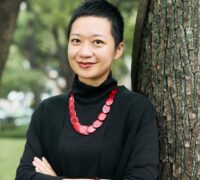
To learn more about our sabbaticals, please contact our Head of Academia & Arts, Yiwen Sun (Cissy).
